One of the best things about a Mac is the range of free apps that come pre-installed. However, that doesn’t mean you won’t download and install other applications from time to time. It should be easy — like most Apple tasks — but that isn’t always the case. This post explains what you can do if your Mac won’t install apps.
Related:
- How to factory reset MacBook Air and other Macs with macOS
- How to manage apps on a Mac
- Seeing error “Operation not permitted” in macOS Mojave?
Contents
- Quick Tips
- Common error messages when installing Mac apps
- What do you need to install apps on a Mac?
- How do I open apps that aren’t from the App Store?
- Update macOS and reboot your Mac to reduce issues
- Delete the app and then try to install it again.
- Temporarily turn off the firewall on your Mac.
- Restore your Mac to its factory settings.
- Problems with updating your apps
- How to fix app problems in macOS Catalina
Quick Tips
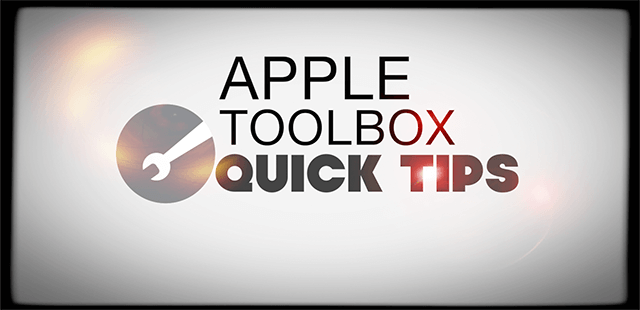 Try out these quick tips to update or install new apps on your Mac, or read the full post for more details:
Try out these quick tips to update or install new apps on your Mac, or read the full post for more details:
- After trying to open a new app, go to System Preferences > Security & Privacy to allow it.
- Update macOS and reboot your Mac to resolve all manner of related problems.
- Delete the app from your Mac and install it again from scratch.
- Temporarily turn off your firewall from System Preferences > Security & Privacy.
Common error messages when installing Mac apps
When trying to download or update apps, you might get one of the following messages:
- “App can’t be opened because it is not from the App Store.”
- “App failed to download. Use the Purchases page to try again.”
- “The application could not be downloaded. The installation could not be started.”
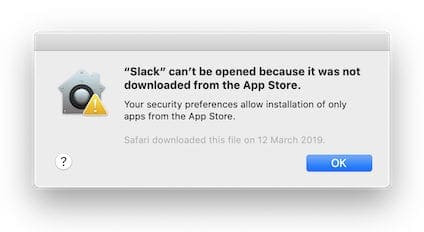
If this, or something similar, has happened to you, we have the solution below. But first, let’s make sure you’ve got the basic requirements to install an app.
What do you need to install apps on a Mac?
In order to download, install, or update an app on your Mac you will need the following three things:
- a good Internet connection
- ample free storage
- an administrator password.
Check your Internet connection by streaming a video online. If the video is slow to load, contact your Internet service provider for assistance.
Check your storage by clicking the button in the menu bar and selecting About This Mac > Storage. Ensure you have at least as much space as recommended by the app developer. Preferably a bit more.
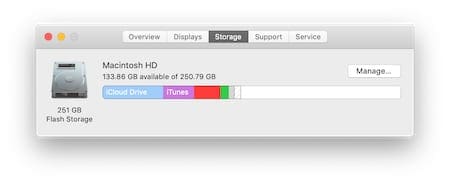
You’ll often need an administrator password to complete the installation of an app. If need be, ask the administrator to log on and install the app themselves. Otherwise, they may need to enter their password when prompted from your account.
How do I open apps that aren’t from the App Store?
Macs benefit from a lot of in-built safety precautions, but when downloading third-party apps they can sometimes appear overzealous. By default, your Mac won’t install apps from anywhere other than the App Store, although this is easy to bypass.
After downloading an app, control-click the file in your Downloads folder and select Open from the menu. You’ll get the same ‘unidentified developer’ warning as before, but this time you’ll have the option to open the app anyway.
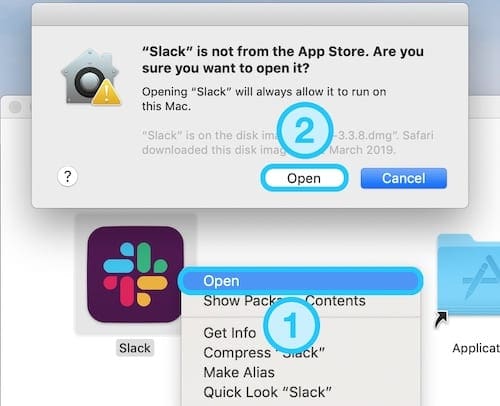
You can reduce the frequency of these alerts by going to System Preferences > Security & Privacy > General. Click the padlock and enter your administrator password to unlock the settings, then choose to “Allow apps downloaded from: App Store and identified developers.”
Update macOS and reboot your Mac to reduce issues
Update macOS to the latest version, unless it isn’t compatible with the app you’re trying to use. Developers typically list the recommended operating software wherever you download the app from.
Check for updates in macOS by clicking the button in the menu bar and selecting About This Mac > Software Update.
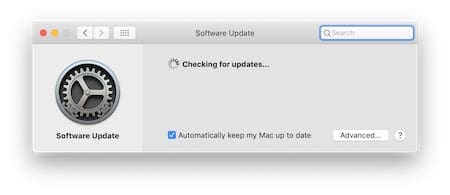
A reboot of your Mac is another effective troubleshooting tool. Shut down your Mac using the button in the menu bar, and leave it powered off for a minute or so before powering on again. After doing so — and allowing all the background processes to close down and start again properly — your Mac is likely to run with fewer issues.
Delete the app and then try to install it again.
Before deleting any apps from your Mac you should make sure you have a recent backup of all your valuable data.
It could be that the app, or the app installer, has become corrupt and this is why your Mac won’t install or update it. The only remedy for this is to remove the app from your machine entirely and download it again from scratch.
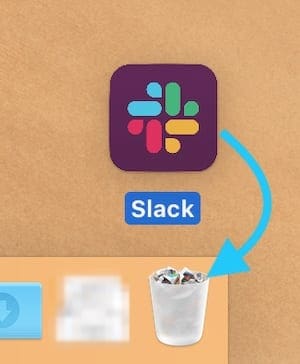
Close down any version of the app if it is currently running on your Mac by using the Quit [App] button in the menu bar. Then open Finder and go to the Applications folder, find the relevant app and drag it to the Trash.
You should check the Application folders for individual users on your Mac. This can be done by navigating from your Hard Drive > Users > [User Name] > Applications.
Empty the Trash, then restart your Mac and download the app again.
Temporarily turn off the firewall on your Mac.
The firewall does a great job of keeping your Mac safe, but it can sometimes get in the way of installing or updating other apps. You can turn it off in the System Preferences, but you should remember to turn it on again after so your Mac is not left vulnerable.
Go to System Preferences > Security & Privacy > Firewall. Click the padlock and enter your administrator password to unlock the settings, then click the Turn Off Firewall button.
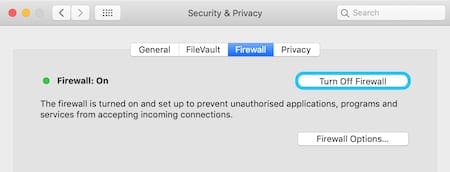
You should also turn off any antivirus software, as this may also be interfering with app installations.
After your app installation or update is complete, remember to turn your firewall and antivirus software on again.
Restore your Mac to its factory settings.
This is something of a nuclear option, but it’s there if you want it.
If, after all the other steps listed above, you still can’t get your Mac to install or update apps, a complete factory restore may offer the solution. Doing so will erase all your data and reinstall the macOS, so ensure you have a backup first.
You should also be aware that the entire process can take quite a long time, upwards of six hours depending on your internet speed and how much data you have.
You can find the instructions to restore your Mac to its factory settings here.
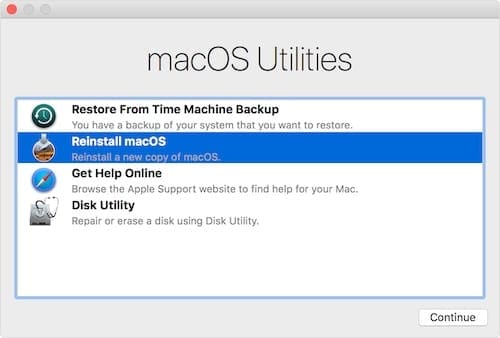
Problems with updating your apps
Recently, Mac users have experienced a new problem in the latest version of macOS Mojave. In this problem, users can’t update their stock apps such as Keynote or Pages. They need to click an accept button in their account, but that accept button doesn’t exist!

This doesn’t happen to everyone: some users can find the accept button without any problems. But if yours is missing, you can still update the app by deleting it from your Mac and downloading a fresh copy from the App Store.
The easiest way to delete an app is to move it to the Trash from the Application folder in Finder. Then it might be worth restarting your Mac before you download the app from the App Store again. And once you do, you’ll have the recently-updated version of it.
How to fix app problems in macOS Catalina
What to do if you can’t approve new apps in macOS Catalina
Another beta problem in macOS Catalina is the inability to approve new apps from the Security & Privacy System Preferences. We explained one way to do this above, but lots of users running the beta version of macOS Catalina have found it doesn’t work.
It seems the solution is to disable Gatekeeper temporarily while you install the new app. We strongly advise you to turn it on again afterward. You can do this by going to System Preferences > Security & Privacy, click to padlock and enter your administrator password to unlock it. Under Allow apps downloaded from: select Anywhere.
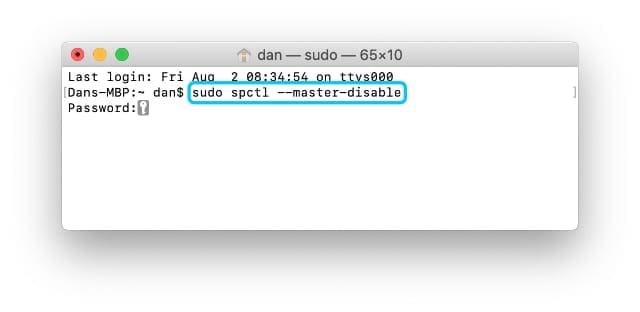
If there is no Anywhere option, open Terminal and enter the following command line:
sudo spctl --master-disable
Restart System Preferences and you should see the Anywhere option. You can undo this at any time using the command line:
sudo spctl --master-enable
Make sure you enable Gatekeeper again after installing your app, or you will leave your Mac vulnerable to attack!
What to do if you can’t update or sign in to the Mac App Store
If you’ve been test-driving macOS Catalina through Apple’s Beta Software Program, you might have experienced problems using the App Store on your Mac. Lot’s of users are unable to update or download new apps because the App Store doesn’t let them log in.
Despite entering the correct Apple ID username and password, the Mac App Store still appears as though they aren’t logged in. If this has happened to you, try the following user suggestions to resolve it:
- Sign out of your Apple ID from System Preferences > Apple Account.
- Sign out of Apple Music by going to Account > Sign Out from the menu bar.
- Try downloading the apps or updates from a different user account.
- Update macOS Catalina to the latest beta version, or revert to a stable public release of macOS Mojave.
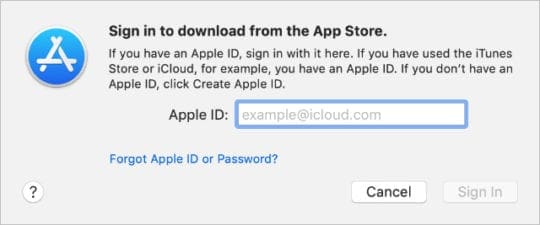
We hope one of those tips let you install and update apps without any more issues. Leave a comment below to tell us which trick worked for you! Or if you’re still having trouble, reach out to Apple directly and tell us what they say so we can help more readers.

Dan writes tutorials and troubleshooting guides to help people make the most of their technology. Before becoming a writer, he earned a BSc in Sound Technology, supervised repairs at an Apple Store, and even taught English in China.
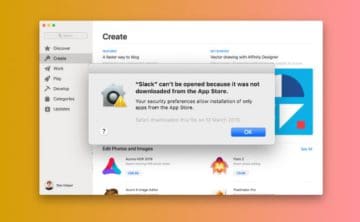

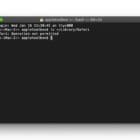







I just bought a new iMac after having had my former for 16 years. Have a successful install and have been using new Mac. Now pages says it has a new update but I can’t install it because a notice advised that it can’t be updated since the previous version was installed with a different Apple ID. I may have made a mistake in keying in my Apple ID pages update App Store request but there is no way for me to go back to request and see if I made a mistake. I want to update the pages app. What do I do?
I just purchased recently this MacBook 2017 model then the update come along with new OS Catalina but the thing is I can’t update the app I can’t even download in apps store . what will I do ?can you tell me exactly the things I will do to make my apps responsive ?thanks
im so pissed off ..hahaha
My relatively new computer has been back from repair for approximately a week. Now not able to update apps. Where are my old Apple products that made me fall in love with Apple? My 2007 Mac and iPod both still work beautifully, except Apple made them both obsolete with their products. This article offers daunting corrections that did NOT work. Customer service use to be the BEST, also!